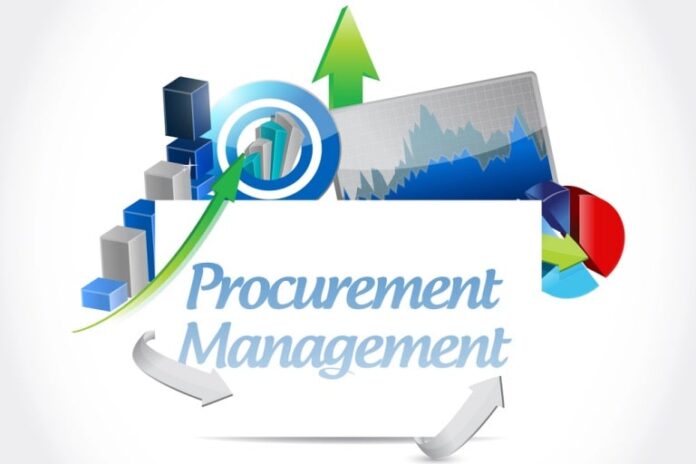In today’s dynamic business landscape, procurement challenges are increasingly complex, demanding innovative solutions. Request for Proposal (RFP) software has emerged as a critical tool for companies seeking to optimize their procurement processes.
This technology enhances efficiency, accuracy, and strategic decision-making in the pursuit of vendor partnerships. Discovering the full spectrum of benefits associated with RFP software is essential for modern businesses seeking competitive advantages. Keep reading to learn how a comprehensive RFP platform can revolutionize your procurement strategy.
Understanding the Role of RFP Software in Modern Procurement
The procurement process can be complex, with each RFP bringing its own challenges. RFP software systems help simplify this by centralizing the creation, distribution, and evaluation of proposals. They streamline collaboration among stakeholders and provide a structured approach to managing documents more efficiently.
These systems also benefit suppliers by ensuring clearer alignment with requirements and reducing confusion. With built-in analytics and reporting tools, RFP software systems support smarter, data-driven decisions, leading to better vendor choices and a stronger supply chain.
Enhancing Accuracy and Consistency with Automated RFP Processes
RFP software automates repetitive tasks, reducing human error and ensuring accurate and professionally structured RFP documents. This approach upholds organizational standards and mitigates compliance risks. Templates and standardized sections within the software expedite the development process, maintaining a coherent narrative despite diverse input sources.
Automation also helps companies manage timelines more effectively by setting milestones and reminders, ensuring timely progress. This is especially crucial when multiple RFPs are managed simultaneously.
As businesses scale, the automated features of RFP software allow them to maintain control over their procurement processes without increasing administrative overhead, showcasing the flexibility and adaptability of RFP systems.
Streamlining Vendor Selection through Advanced RFP Systems
RFP software is a crucial tool in procurement, enabling a more strategic vendor selection process. Its advanced filtering and scoring functionalities enable objective evaluation of proposals against pre-defined criteria, leading to more informed decisions. Dynamic vendor comparisons provide clear visual aids for contrasting strengths and weaknesses, ensuring the best-fitting vendor is chosen.
RFP software also enhances communication with potential vendors, centralizing correspondence and maintaining a clear record of interactions. Some systems integrate with other enterprise tools like ERP and CRM systems, streamlining the vendor management process and providing a comprehensive view of vendor relationships.
Improving Collaboration and Stakeholder Engagement in Procurement
RFP software is a crucial tool for cross-departmental collaboration in the procurement process. It allows real-time communication and document sharing among stakeholders, ensuring alignment on objectives, criteria, and timelines. The centralized platform democratizes access to critical information, allowing stakeholders from different business units to contribute their expertise.
Customizable dashboards and reports facilitate stakeholder engagement, allowing procurement teams to identify bottlenecks and foster ownership. RFP software also helps maintain an audit trail for accountability, particularly in heavily regulated industries or organizations adhering to strict governance standards.
Measuring Success: The Impact of RFP Software on Procurement KPIs
RFP software significantly enhances procurement KPIs by improving efficiency, reducing costs, and enhancing vendor selection quality. It allows for monitoring metrics like time-to-award, cost savings, and vendor performance, enabling procurement teams to set benchmarks and continuously improve.
RFP software also allows for tracking and analyzing RFP cycle times, enabling faster project initiations and a competitive advantage in rapidly changing markets. Cost reduction is another measurable benefit, leading to more efficient procurement operations and significant savings over multiple cycles and projects.
Vendor performance tracking extends the benefits of the procurement process beyond the initial selection phase, optimizing vendor relationships and contributing to a more productive and reliable supply chain.
Overall, RFP software systems significantly enhance the procurement process, providing strategic benefits that impact cost, quality, and efficiency. By bringing automation, accuracy, and collaboration to the forefront, these systems equip businesses with the tools to excel in vendor selection and management, thereby reinforcing their competitive edge in the marketplace.
